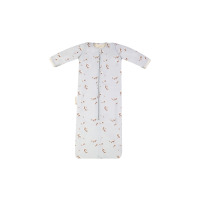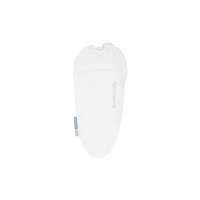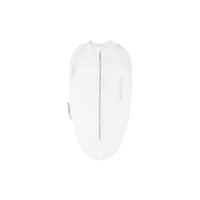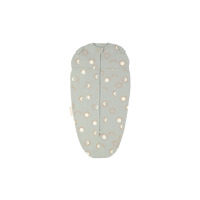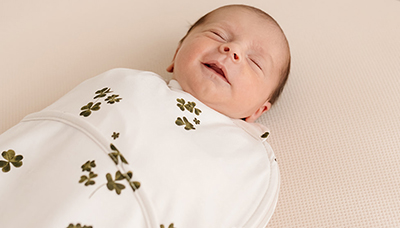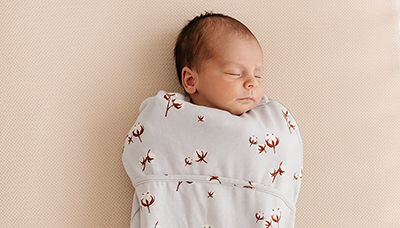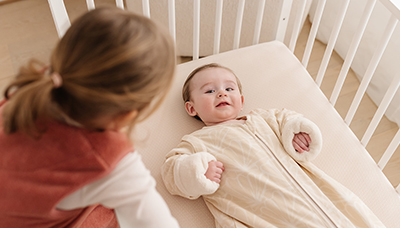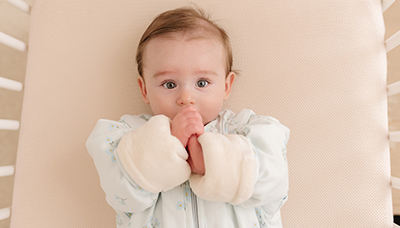Restless days and nights are part of a new parent's life, everyone knows that. But the shorter this tiring period the better, right?
With this article we want to help you teach your baby to go to sleep on its own. This is not just useful when you put your baby down to sleep but also if your baby wakes up at night or during the day and has to go back to sleep on its own. It's inevitable that your baby will startle itself awake sooner or later and this has everything to do with the active and quiet stages of sleep.
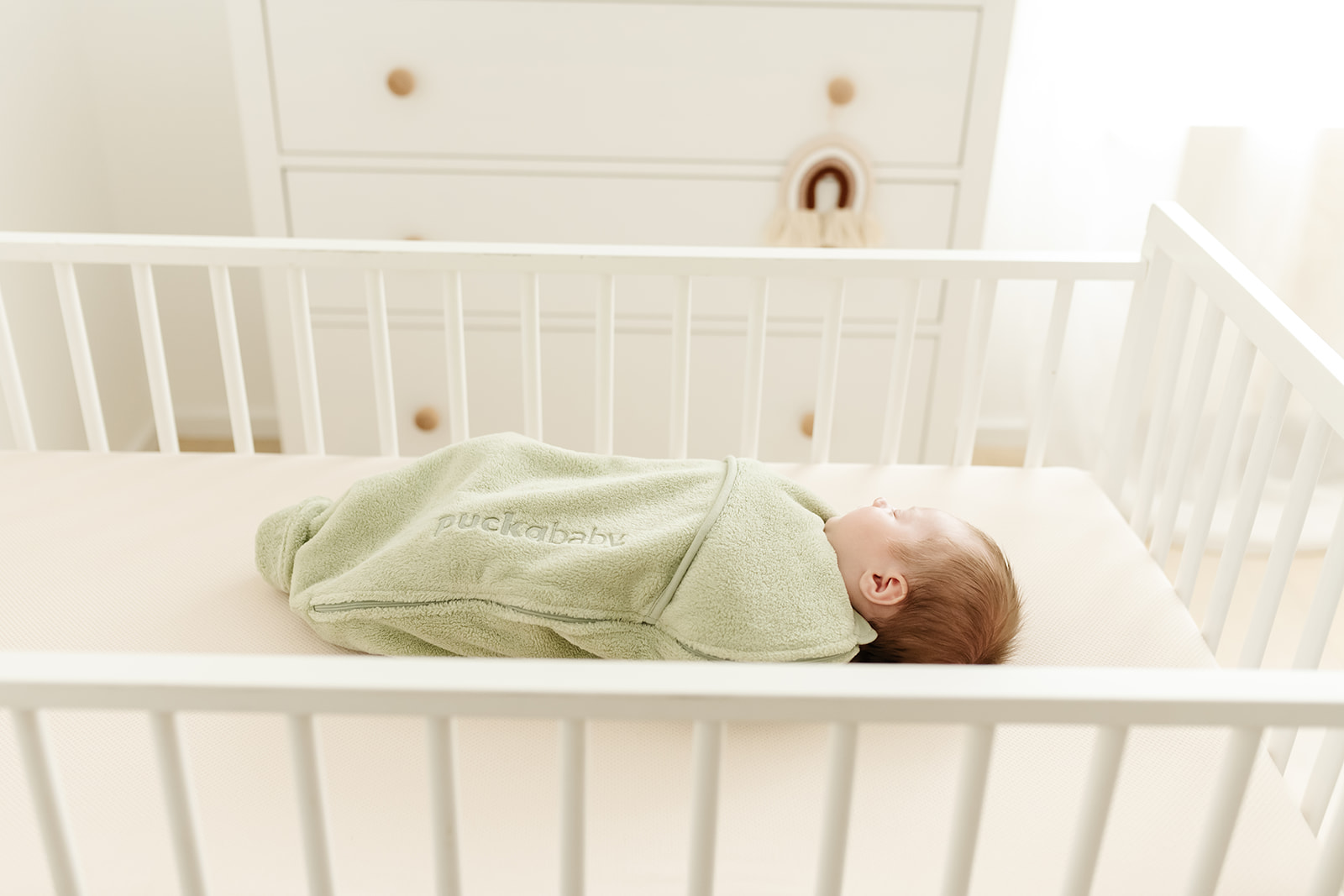

Active and quiet stages of sleep
In general terms, your baby sleeps in one-hour cycles consisting of two stages. Approximately the first ten to thirty minutes are the active stage. Your baby is drowsing, still moving and reasonably active and – important – still receptive to stimuli. The best thing is to leave your baby alone, because in this stage your baby is very easy to wake up.
The second stage is the quiet stage: in this stage your baby stops moving about. Calm, quiet, relax. Blissful, deep sleep. But this stage doesn't last all night because after just half an hour the cycle starts anew and your baby becomes a bit more active again and therefore more susceptible to stimuli. As a result your little one wakes up at night at regular intervals and these are the moments when the ability to go back to sleep on its own is so important. Without any intervention from its parents.
But how do you teach such a small child to sleep independently?
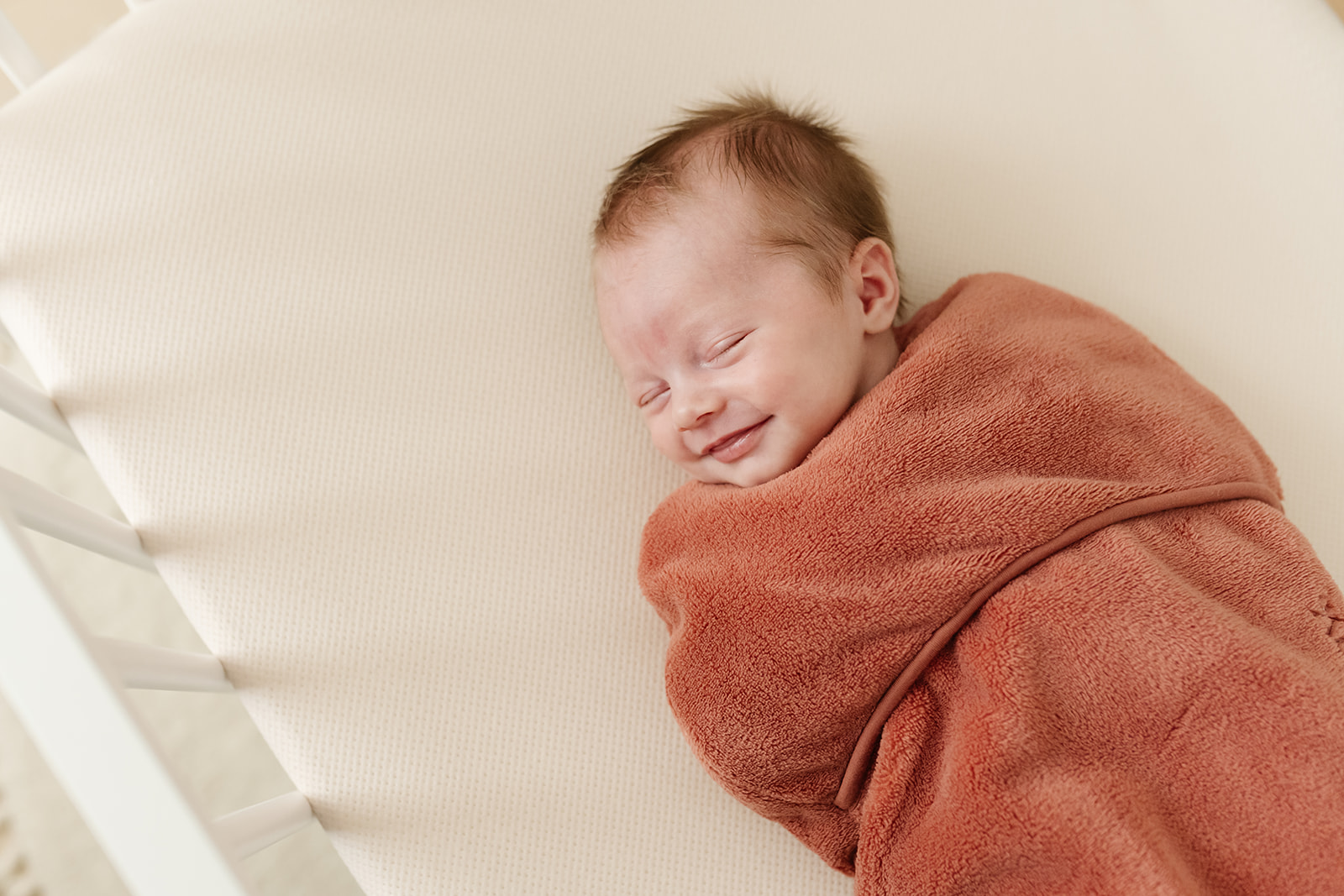

Timing is everything
In teaching your child how to sleep independently it is especially important to pay close attention to the ‘awake times’. These are the moments your baby is awake and these periods will grow longer as your baby ages. Getting to know your baby’s ‘awake times’ will make it easier to assess when it's time to start the sleep routine. At the end of an awake spell your baby will usually start to exhibit tired signs such as yawning, looking away, rubbing its eyes. Both cute and practical because now you can be sure it's time for bed and you can start the sleep routine.
Sleep associations
Teaching your child to associate a variety of rituals, environments and sensations with sleep also helps it to learn how to fall asleep on its own. For instance, teach your baby to associate sleep with a sense of security by using a sleeping bag or a swaddle sleeping bag. Include a number of small rituals in the sleep routine (bath - bottle - booklet - bed, for instance) to make your baby all the more aware that it's time to get some shut-eye. Also, remember to darken baby’s room at night. Going to bed when light is still streaming through the windows is never fun, especially for a small infant that is not yet familiar with the concept of time. You can also use technological solutions such as ‘white noise’ that create a restful atmosphere, or the musical chime of a cuddly toy.
Avoid at all costs that your baby associates its sleep routine with you because then it will always need you to fall asleep. If you take this into account your baby will fall sleep easier and faster, even at night.
Keep in mind that the road to restful, deep sleep is strewn with obstacles but these tips will get you a long way!

